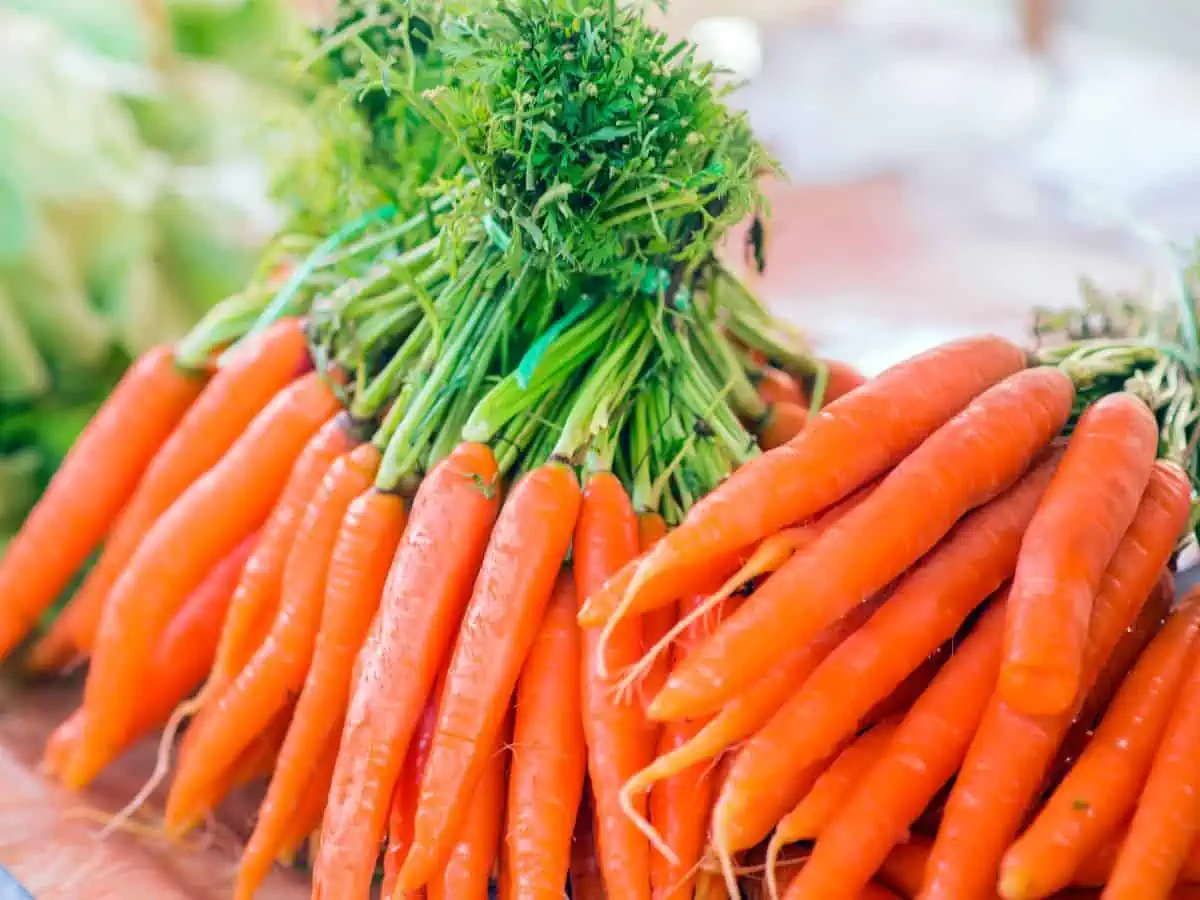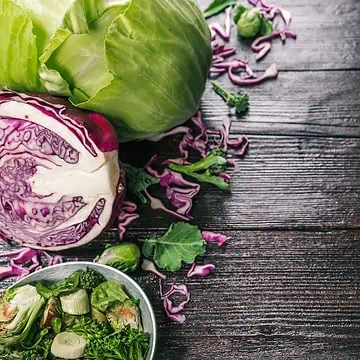International Carrot Day is on the 4th of April so let’s celebrate all things carrot in our salads. Discover all you need to know about this bright, snappy root vegetable!

Did you know? That up to the Middle Ages, all carrots were purple – the orange variety was first developed in 16th-century Holland by patriotic growers who bred it in tribute to the king, William I of Orange.
International Carrot Day - never heard of it!
Yes, it was a surprise to me, but International Carrot Day was established in 2003 to celebrate all things carrot! No one knows who the creator of this day was, but it was probably created to increase demand for carrots.
When Are They In Season?
Carrots offer up their sweetest flavours in Spring, Autumn/Fall and Winter when they have been freshly harvested. While Dutch carrots are at their peak during the winter months.
Carrots are crunchy when raw with a sweet or bitter, earthy flavour, and the leaves are also edible with an herbaceous, parsley-like taste.

Nutritional Notes
Carrots are an excellent source of...
- beta carotene which is converted to vitamin A, crucial for good vision;
- vitamin C which protects the body from sickness;
- folate, essential in early pregnancy for the healthy development of a baby;
- and fibre to assist with digestion.
They also contain some vitamin K, magnesium, calcium, and potassium.
Some Popular Varieties Are...
- Regular Carrots
Refers to a number of varieties of orange carrots which can be medium to large in size and are not sold by type. The skin can be rough though peeling is not essential. - Purple Carrots
All carrots were originally purple as well as black and red. Heritage varieties of purple carrots have started to become more widely commercially available in Australia in the last few years. They have a dark purple skin and can vary in size. They retain their colour when cooked and have been hailed as one of the purple superfoods. They are an all-purpose carrot. - Dutch Carrots
Small carrots that are sold in bunches with their leaves attached. They are small and tender enough to be roasted or boiled whole quite quickly as they don't have the dense heart of larger carrots. To use trim the end scraggly end of the root, peeling is a matter of preference. - Purple Dutch Carrots
Are also sold in bunches with their leaves attached. They are about 5-8cm in length with an orange core and a sweeter flavour than regular carrots. Purple carrots have been hailed as a superfood because of the antioxidants they contain. - Heirloom Carrots
A melange of yellow, white, purple haze, black night and the standard orange, all picked at their immature stages for a young harvest. The flavour profiles range from earthy, mild and sweet.

Choosing Your Carrots
- Choose firm carrots and avoid any that are limp, dry, soft, or rubbery.
- If the leaves are still attached, it is an excellent sign of freshness.
- Mature carrots should have fairly smooth skin with few blemishes.
- Medium carrots will be sweeter than larger carrots and will have a more tender core.

Best Ways to Store Your Carrots
To store your carrots first trim any greens, leaving a small stem attached.
If you would like to keep the greens, wrap the leaves in barely damp paper towels, and store in a sealed plastic bag in the refrigerator for 1 to 2 days.
Put carrots, unwashed and untrimmed, in an open plastic bag, they should last 3 to 4 weeks.

How to Prepare Carrots
Very young carrots just need to be scrubbed clean and topped and tailed.
Older carrots may need to be peeled, but try not to take too much off as most of the nutrients are stored just beneath the skin.










Leave a Reply